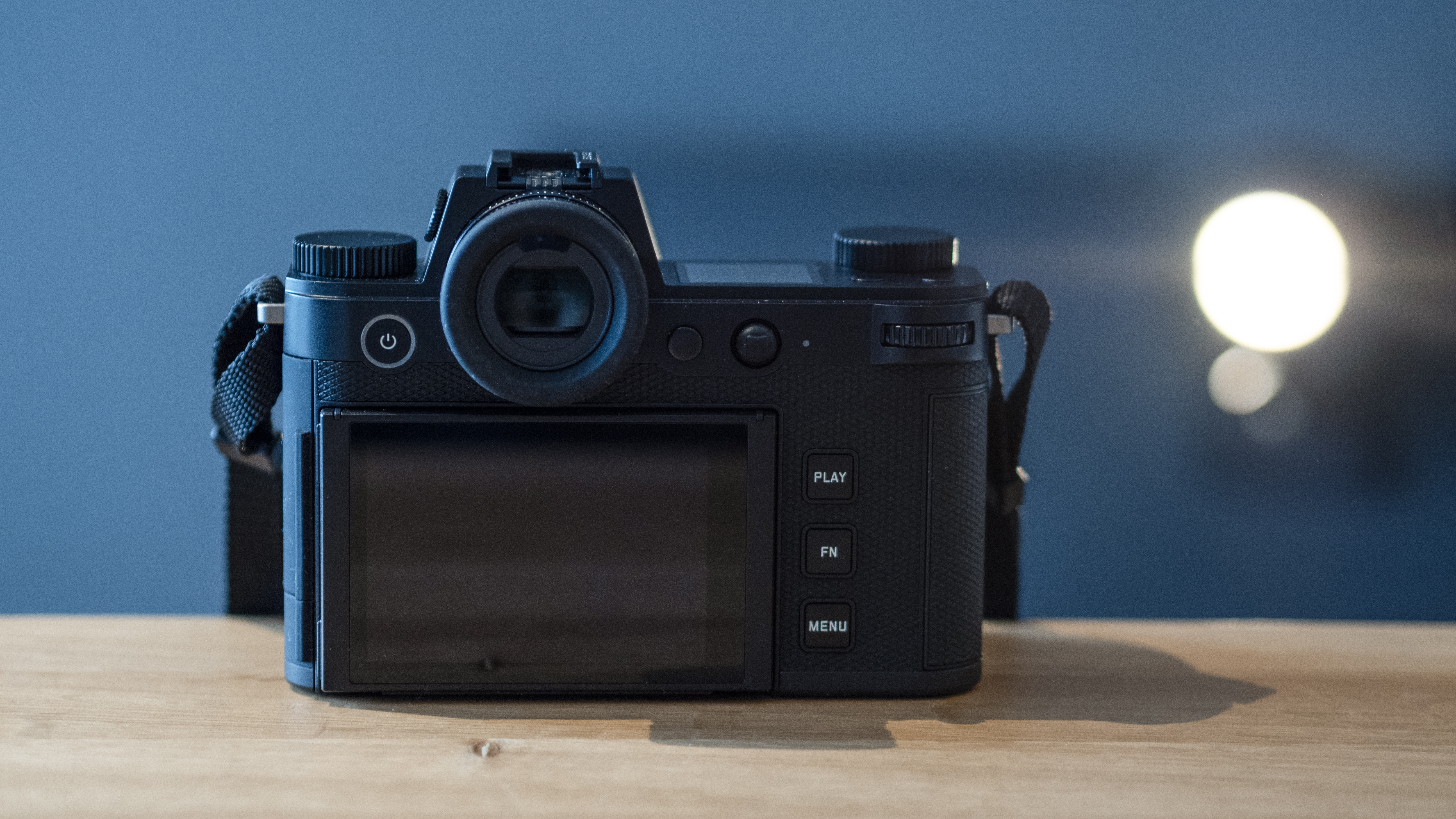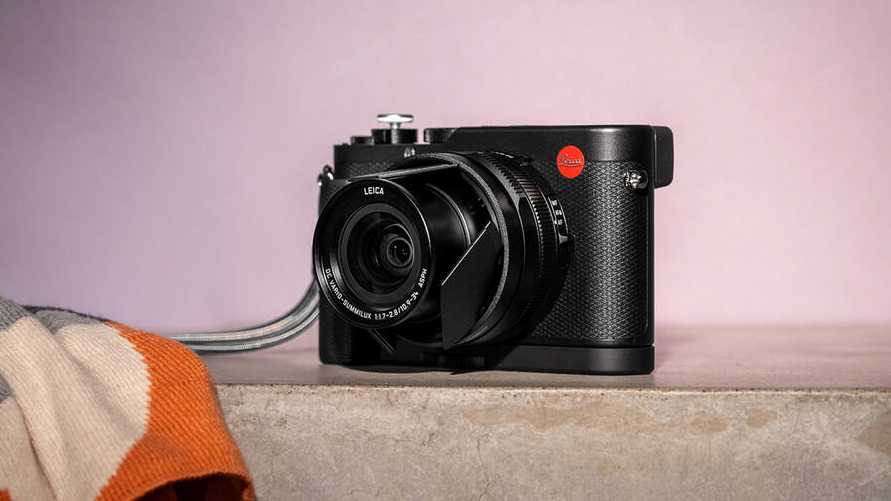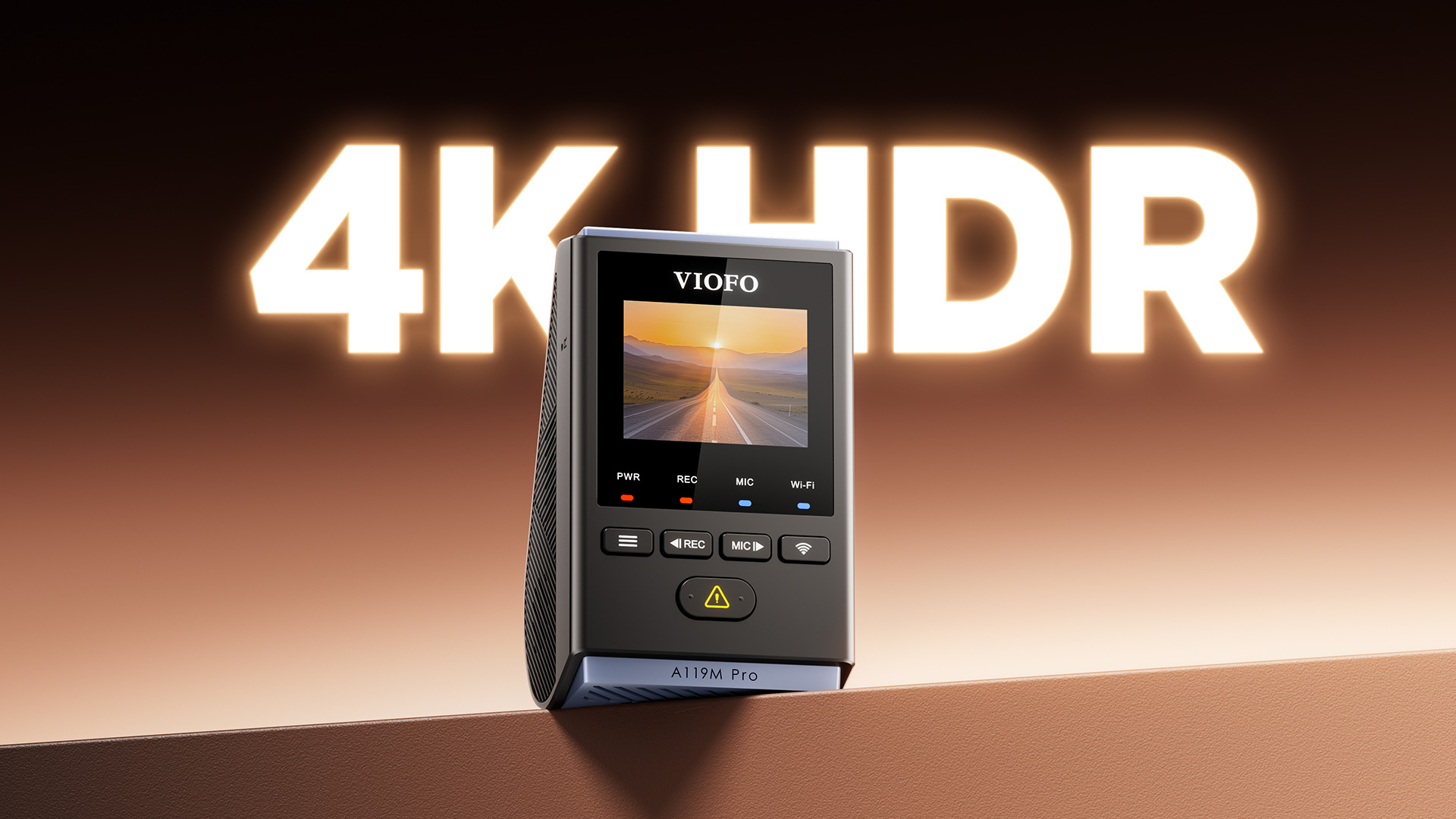Are Leica prices about to change (again)? The EU has reached a 15 percent tariff deal with the US
The European Union and the US have reached a tentative 15 percent tariff agreement, half of the threatened 30 percent

Leica was one of the first major camera manufacturers to announce a price increase, but when the rate of tariffs dropped, the list prices adjusted along with the tariffs. Now, the European Union has agreed to a 15 percent tariff on goods imported into the US, a rate that’s higher than the 10 percent tariff pause but half of the threatened 30 percent tariff if an agreement wasn’t reached before August 01.
On Sunday, July 27, US President Donald Trump announced that the US and EU had reached a tentative agreement setting tariffs on goods imported to the US at 15 percent. The tariff applies to “most” imports, including semiconductors, but full details on the agreement have not yet been released. While that number is higher than the temporary 10 percent tariff pause, the number is half what Trump threatened to impose beginning August 01 if an agreement wasn’t reached.
Leica will likely be affected by the agreement, with much of the brand’s manufacturing located in Germany, along with Hasselblad, which manufactures gear in Sweden. OM System also has a European Service center based in Portugal.
When Leica increased US prices in May, the change gave many photographers one of the first glimpses at what the tariffs could mean for the camera industry. At the time, Germany was facing a 10 percent tariff rate as part of a temporary pause that was later extended through August 01.
Some camera prices increased by slightly more than 10 percent, with the Leica SL3 jumping from $6,995 to $7,485 and the Leica Q3 moving from $5,995 to $6,735. Both of those camera’s price changes fall under 15 percent of the original retail price, although tariffs are charged based on the declared value, which is typically lower than the retail price.

While much of Leica’s manufacturing is made in Germany, cameras like the D-Lux 8 are made in China. The compact camera saw one of the steepest US price increases in the company’s catalog, jumping from $1,595 to $2,790 in May.
However, shortly after the US temporarily lowered tariffs on Chinese goods from 145 percent to 30 percent, the price of the D Lux 8 fell to $1,915, a list price that remains in place today. The US and China have since reached a tentative agreement with a 55 percent tariff on goods imported into the US.
The best camera deals, reviews, product advice, and unmissable photography news, direct to your inbox!
The price change on the D Lux camera hints that Leica may be quick to respond to tariff changes.
The EU isn’t the only region facing a 15 percent tariff on goods sent to the US. Last week, the US announced a 15 percent tariff deal with Japan.
Since the announcement of the increased tariffs in April, several camera brands have adjusted prices in the US on some gear, a list that includes Canon, Sony, Nikon, Leica, and Sigma.
You may also like
Browse the best Leica cameras, or the best L-Mount lenses. For the latest on the US tariffs impact on the camera industry, follow our live blog.

With more than a decade of experience writing about cameras and technology, Hillary K. Grigonis leads the US coverage for Digital Camera World. Her work has appeared in Business Insider, Digital Trends, Pocket-lint, Rangefinder, The Phoblographer, and more. Her wedding and portrait photography favors a journalistic style. She’s a former Nikon shooter and a current Fujifilm user, but has tested a wide range of cameras and lenses across multiple brands. Hillary is also a licensed drone pilot.
You must confirm your public display name before commenting
Please logout and then login again, you will then be prompted to enter your display name.
